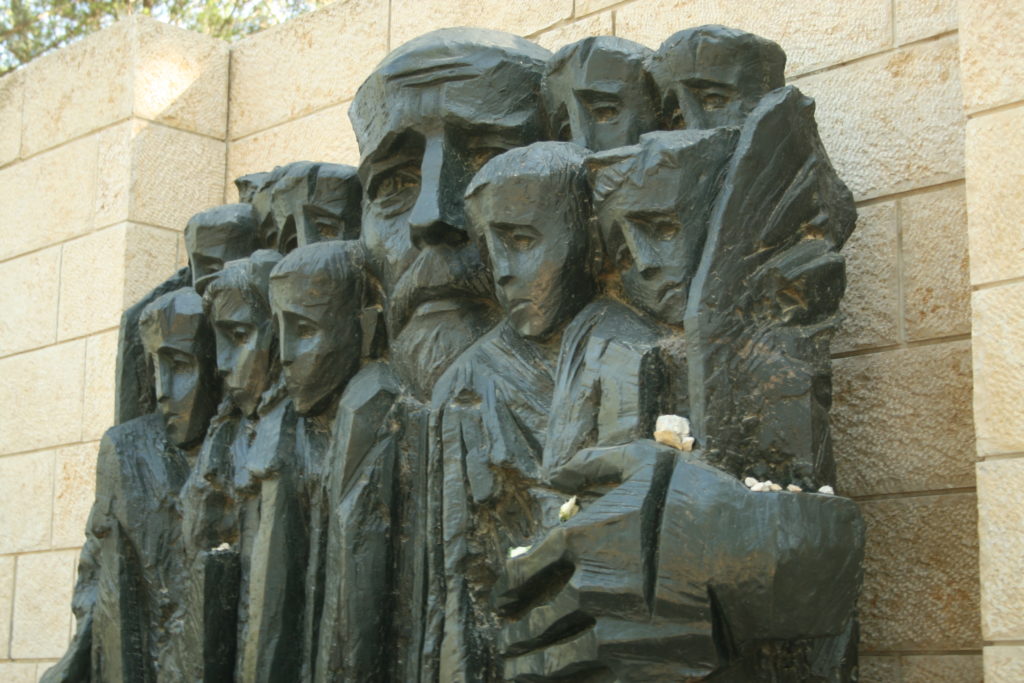
Austria, the birth nation of Adolf Hitler, is again facing the threat of growing antisemitism—and Yad Vashem is addressing that threat directly with a Holocaust exhibit in the Austrian parliament building. “Torn from Life: The Fate of Austrian Jews After the Anschluss in 1938” presents artifacts, including a photo album and miniature Torah scroll, to tell the story of 14 Austrian Jews who had to flee from Nazi persecution.
Yad Vashem Chairman Dani Dayan—in Austria on October 14-15 for the opening of the exhibit—met with Austrian Chancellor Karl Nehammer on Monday. According to a press release from Yad Vashem, Dayan and Nehammer discussed the “latest surge in global antisemitism as well as the concerning significant rise of far-right political parties following the recent Austrian elections.”
Antisemitism has surged globally following Hamas’ terror massacre on October 7, 2023 that killed around 1,200 Israelis and kidnapped hundreds more. The move to open a Holocaust exhibit in Austria’s parliament is a key governmental statement against hatred toward Jews, although Dayan acknowledged the situation remains serious.
“While Austria’s continued partnership is deeply appreciated, we cannot ignore the challenges posed by the current political climate,” the press release quoted Dayan as saying. “It is crucial that Austria remains steadfast in confronting its historical role in the atrocities of the Holocaust and combating antisemitism. We hope that any antagonistic and ominous factors, which threaten to reverse Austria backwards in these important areas will be met with strong, courageous and responsible leadership committed to overcoming these adversities.”
The “Torn from Life” exhibit includes many items that are being displayed in Austria for the first time since their Jewish owners escaped the country ahead of the Holocaust. A separate Yad Vashem press release on the exhibit said that the letters, drawings, photographs and more have gone from being “seemingly mundane” to become “imbued with deep significance”. Yad Vashem said some items “became cherished mementoes of loved ones who were murdered, while others testify to the perilous journeys of escape, the terror of incarceration, and the resilience of those who hid until liberation.”
Dayan, in the second press release, called Austria’s display of the exhibit in parliament a “significant step” and said it “demonstrates the country’s commitment to uphold the fact-based historical narrative of the Holocaust.”
Yad Vashem, the World Holocaust Remembrance Center, is based in Jerusalem. The organization provides key Holocaust education and remembrance of the millions of the Holocaust’s Jewish victims in Israel and beyond—even in Hilter’s original home nation.
Said Dayan of the importance of the Austrian exhibit, “The artifacts in this exhibition are not merely remnants of a tragic past; they give voice to the millions silenced by the Holocaust. Each item tells a personal story of loss, survival, and resilience. By displaying them here in Austria, we underscore the vital importance of remembering the past.”
(By Joshua Spurlock, www.themideastupdate.com, October 14, 2024)
